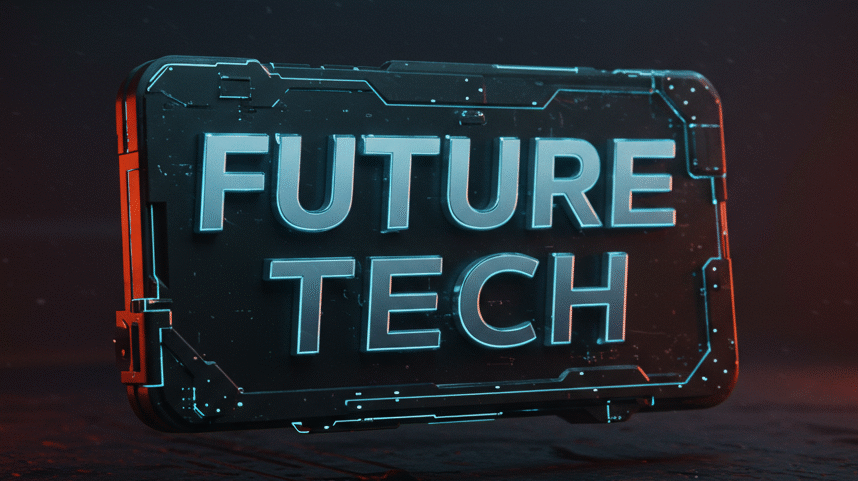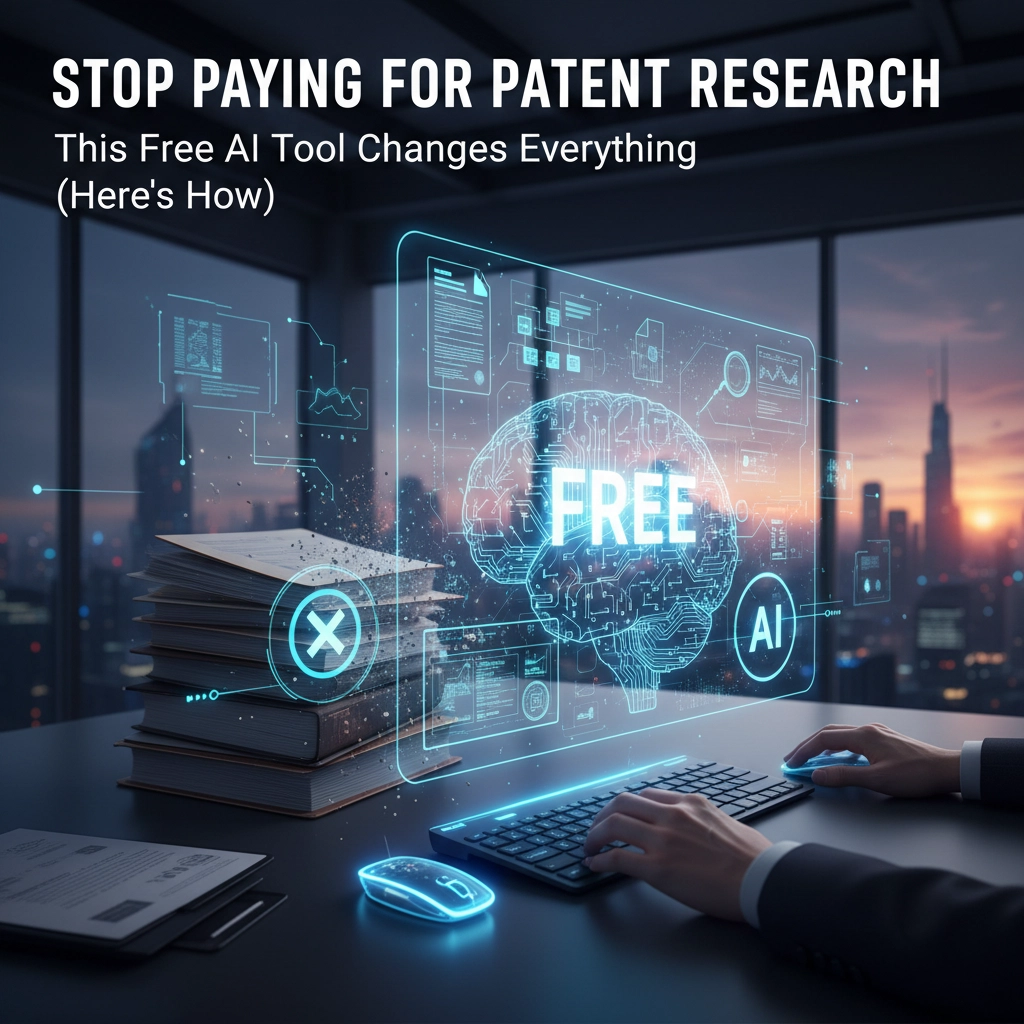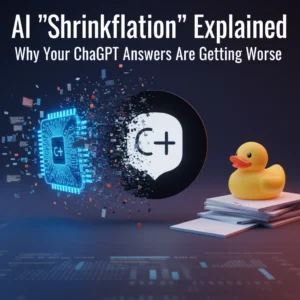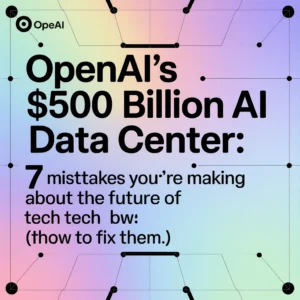Ever wondered why patent research costs as much as a decent used car? You're not alone. Most inventors and startups shell out thousands for patent searches, only to discover they could've done it themselves – for free.
Here's what nobody tells you: AI-powered patent research tools have quietly revolutionized the game. They're free, they work better than expensive alternatives, and they don't require a law degree to use.
Why Traditional Patent Research Sucks (And Costs a Fortune)
Patent research used to be like learning ancient hieroglyphics. You'd need to master Boolean search operators, understand classification codes, and speak in legal jargon just to find out if your brilliant idea already exists.
The typical process looked like this: hire a patent attorney, pay $3,000-$15,000 for a comprehensive search, wait 2-3 weeks, then get a 50-page report you can't understand. For cash-strapped startups, this creates an impossible choice – blow your budget on patent research or risk building something that infringes on existing patents.
Sarah, a hardware engineer from Austin, learned this the hard way. She spent eight months developing a smart irrigation controller, only to discover during her patent application that a similar device was already patented. The $12,000 patent search could've saved her months of wasted effort – if she could've afforded it upfront.

The Free AI Revolution That's Changing Everything
Enter AI-powered patent search engines that flip this entire model upside down. These tools understand natural language, search globally, and cost absolutely nothing to use.
The breakthrough isn't just about price – it's about accessibility. Instead of wrestling with complex search syntax, you simply describe your invention in plain English. The AI handles the conceptual matching, finding relevant patents even when they use different terminology.
PQAI stands out as the most comprehensive free option. This open-source platform searches across major global patent databases and over 11 million scholarly publications using semantic AI. Unlike commercial platforms with usage limits and premium tiers, PQAI gives you complete functionality at zero cost.
The Lens offers another powerful alternative, integrating over 155 million global patent records with 270 million scholarly publications. What makes it unique is how it connects academic research to patent filings, showing you the complete innovation timeline.
How These Tools Actually Work (It's Simpler Than You Think)
Forget everything you know about traditional patent searches. These AI tools work more like having a conversation with an expert researcher.
Here's your step-by-step process:
• Describe your invention naturally – "smartphone app that tracks sleep patterns using accelerometer data"
• Review AI-generated results – the system finds conceptually similar patents, not just keyword matches
• Scan preview snippets – quickly assess relevance without reading full patent documents
• Dive deeper on matches – explore related patents and citations with one click
• Export your findings – download comprehensive reports for your records
The AI doesn't just match keywords – it understands concepts. If you search for "wireless charging pad," it'll also find patents about "inductive power transfer" and "contactless energy delivery." This semantic understanding catches prior art that keyword searches miss.

The Real-World Impact for Inventors and Startups
These free tools aren't just nice-to-have alternatives – they're fundamentally changing how innovation happens.
Speed becomes your competitive advantage. When you can run a patent search in minutes instead of weeks, you make faster go/no-go decisions on product development. No more waiting for legal approvals or burning through runway while researching IP landscape.
The cost savings are obvious, but the strategic benefits run deeper. Early-stage companies can now conduct multiple patent searches throughout development, not just one expensive check before launch. This enables agile innovation pipelines where you validate IP freedom at each major milestone.
University technology transfer offices and innovation contests increasingly integrate these tools into invention evaluation workflows. They provide lightweight IP assessment layers that reduce friction in bringing research to market.
Even if you eventually work with paid commercial services, these platforms remain invaluable as verification tools. They provide second opinions and complementary searches using different algorithms and data sources.

Beyond Basic Searches: Advanced Features You Didn't Know Existed
These platforms pack sophisticated features that rival expensive commercial alternatives.
The Lens includes access to over 495 million disclosed DNA, RNA, and protein sequences from patents – functionality rarely found outside specialized biotechnology databases. For life science innovators, this represents thousands of dollars in saved database subscriptions.
Both PQAI and The Lens offer open APIs, letting you integrate patent intelligence into existing workflows. Development teams can automatically check new features against patent databases during code reviews. Research labs can flag potentially patentable discoveries before publishing.
The citation analysis goes both directions – you can see what patents reference your target patent (forward citations) and what your patent builds upon (backward citations). This mapping reveals the innovation ecosystem around your idea.

Making the Switch: What You Need to Know
Transitioning from expensive patent searches to free AI tools isn't complicated, but there are nuances worth understanding.
These tools excel at novelty searches and freedom-to-operate analysis but aren't substitutes for comprehensive IP due diligence before major investments or acquisitions. Think of them as your first line of defense, not your last.
The learning curve is surprisingly gentle. Most users become proficient within hours, not weeks. The interfaces prioritize usability over comprehensive feature sets, making them accessible to non-experts.
Data freshness varies by platform. PQAI updates weekly, while The Lens refreshes monthly. For time-sensitive searches, check the last update date to ensure you're working with current information.
What aspects of patent research have been the biggest pain points in your innovation process?







